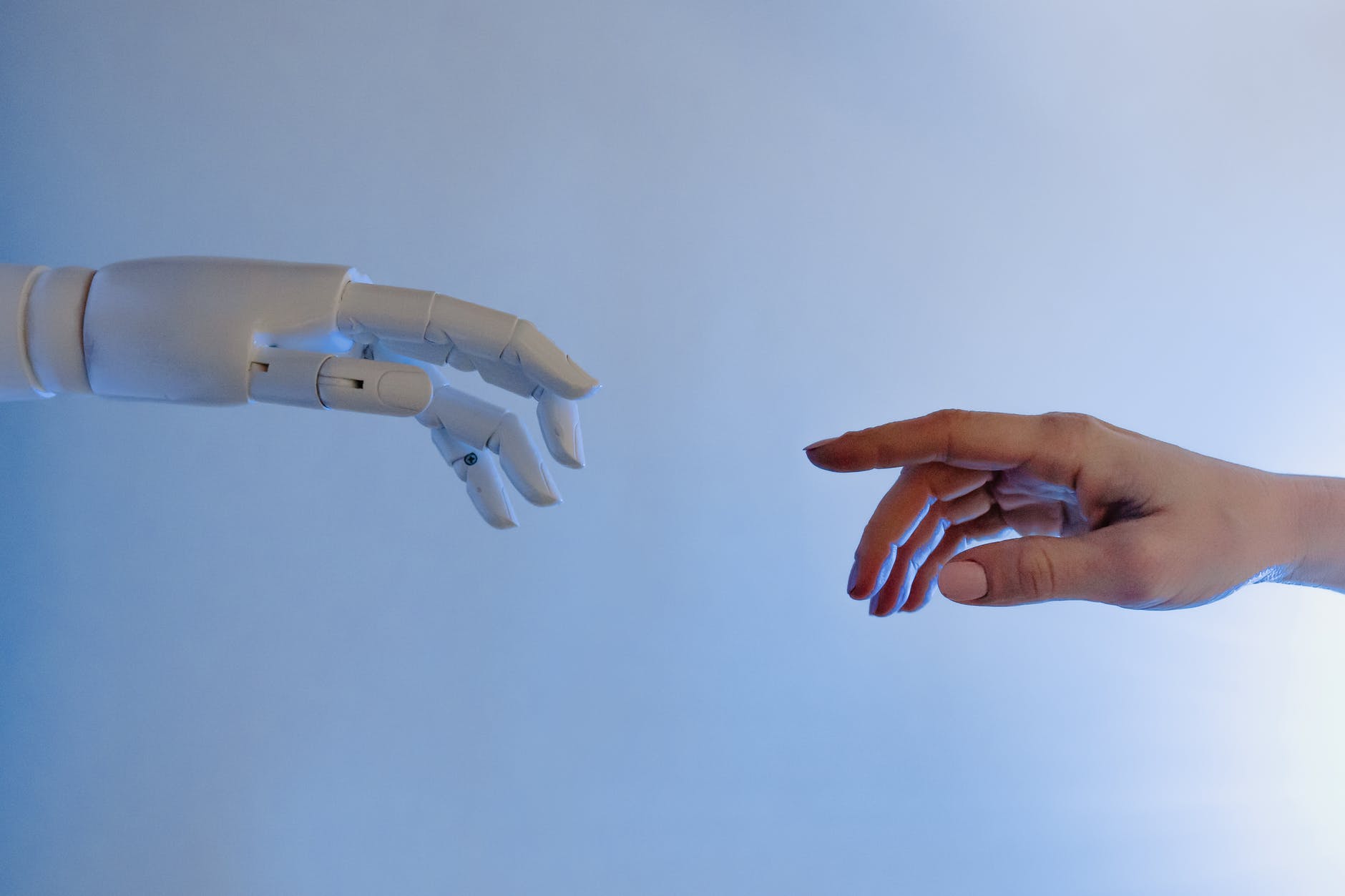Are robots going to replace us?
Moflin is the first robotic pet backed up by Vanguard, and it has been presented this year at CES 2021, the world’s biggest innovation conference in the world. It looks like a pillow with eyes; it has emotional and learning capabilities and different emotional states that adapt to their interactions.

AI and Robots can be funny, but at the same time, they scare people with the threat of replacing their job: according to Fortune, 40& of the jobs will be replaced by some automation next year, you can even find out if yours it’s one of the jobs that automation will replace according to McKinsey by 2030, the labor force will have reduced by over 1/4 of what it was in 2017.
For sure, robots and AI have many reasons to replace jobs: they ensure higher productivity, better performances in repetitive tasks: according to Forbes, Netflix saved $1 billion by using machine learning in 2017. according to McKinsey, AI will continue triggering a digital revolution by 2025, when this technology will be nearly $4 trillion in value.
But it’s not a 21st-century problem: people had started to see technology as a threat since the beginning of the 18th century, at least when Ned Ludd initiated the luddist movement destroying looms that “were causing” low wages and disoccupation during the first industrial revolution.
“…the opinion entertained by the laboring class, that the employment of machinery is frequently detrimental to their interests, is not founded on prejudice and error but is conformable to the correct principles of political economy” (Ricardo, 1951, vol 1, p.392; third edition, 1821)
What is the compensation theory?
Still, we do not have a crystal ball to foresee the future, but before getting worried, let’s consider the following six “balancing mechanisms” coming from the compensation theory that should give a complete picture, taking a hamburger shop automated by drones as an example:

- Additional employment in the capital sector: the innovations that displace workers from their current roles create new jobs in the industries that create this innovation. The waiter gets replaced by a drone delivering food to the tables, but the waiter drives the drones and makes sure they follow optimal trajectories.
- Decrease in prices: machines have lower wages than humans, so firms could sell the product they produce at lower prices without harming the accounting. Lower prices are going to stimulate demand for products that will create new job opportunities. The hamburger starts costing 2€ each instead of 8-12€, and new unique burger shops with different prices could open.
- New investments: managers start accumulating extra profit thanks to the drop in the prices. Those extra-profit can be invested in new productions and jobs. For instance, with the main hamburger line automated by robots, the staff can start developing new recipes, expand hamburger online presence, assess customer tastes more accurately, and so on.
- Wages decrease: after the first wave of unemployment caused by robots, the wages decrease, which creates an increase in the demand of workers, and the job market adjusts. The job market of burger chef crumbles, but at the end, they live happily.
- Increases in incomes: in contrast with the fourth point, unions manage to inglobate the cost-saving benefits of automation into the national contracts. The Burgershop unions step in.
- New products: the automation process leads to the supply of new products that manage to create new activities. Waiters left home started developing cleaning products for robots.
Those six effects are not a recipe, but hypotheses:
- Some may occur.
- Others may not.
- Some may be more dominant in specific industries or markets.
- Anyone could not foresee the aggregated effects.
What’s next?
I started the article willing to be neutral, leaving you the task of putting the piece together, but some considerations are necessary.
First of all, let’s not forget the importance of policy and regulators: markets are meant to be disrupted, it’s up to governments to push for positive innovation instead of blocking Uber to save taxi drivers. Otherwise, amanuensis would be the only book publisher around. Innovations will only occur, change is the only constant, and if you reject it, you are going to succumb.
In the second place, let’s be mindful that arguably, AI and robots are only good at automating repetitive tasks. Still, humans will always be the best in creativity, communication, empathy, and lateral thinking. The education system should train people for career paths that foster the development of those kinds of skills.
Take chess: for centuries, it has been a human game, then a computer finally beat the world chess champion. A disaster? No: after that, we started using computers to analyze chess and improve position analysis. The level of the chess player rise considerably. As Garry Kasparov said in his Ted Talk, “Don’t fear intelligent machines. Work with them.”
If you like the topic, find out more in these articles:
- Acemoglu, D., Restrepo, P. (2016) The Race Between Machine and Man: Implications of Technology for Growth, Factor Shares and Employment, NBER Working Paper 22252.
- Acemoglu, D. Autor, D. (2011), Skills, tasks and technologies: Implications for employment and earnings, Handbook of Labor Economics, 4: 1043-1171.
- Brynjolfsson, E., McAfee, A. (2014) The Second Machine Age: Work, Progress, and Prosperity in a Time of Brilliant Technologies, W. W. Norton & Company
- «AI Expert Says Automation Could Replace 40% of Jobs in 15 Years». Fortune, https://fortune.com/2019/01/10/automation-replace-jobs

1 thought on “🤖 Are Machines Going to Take Our Jobs?”